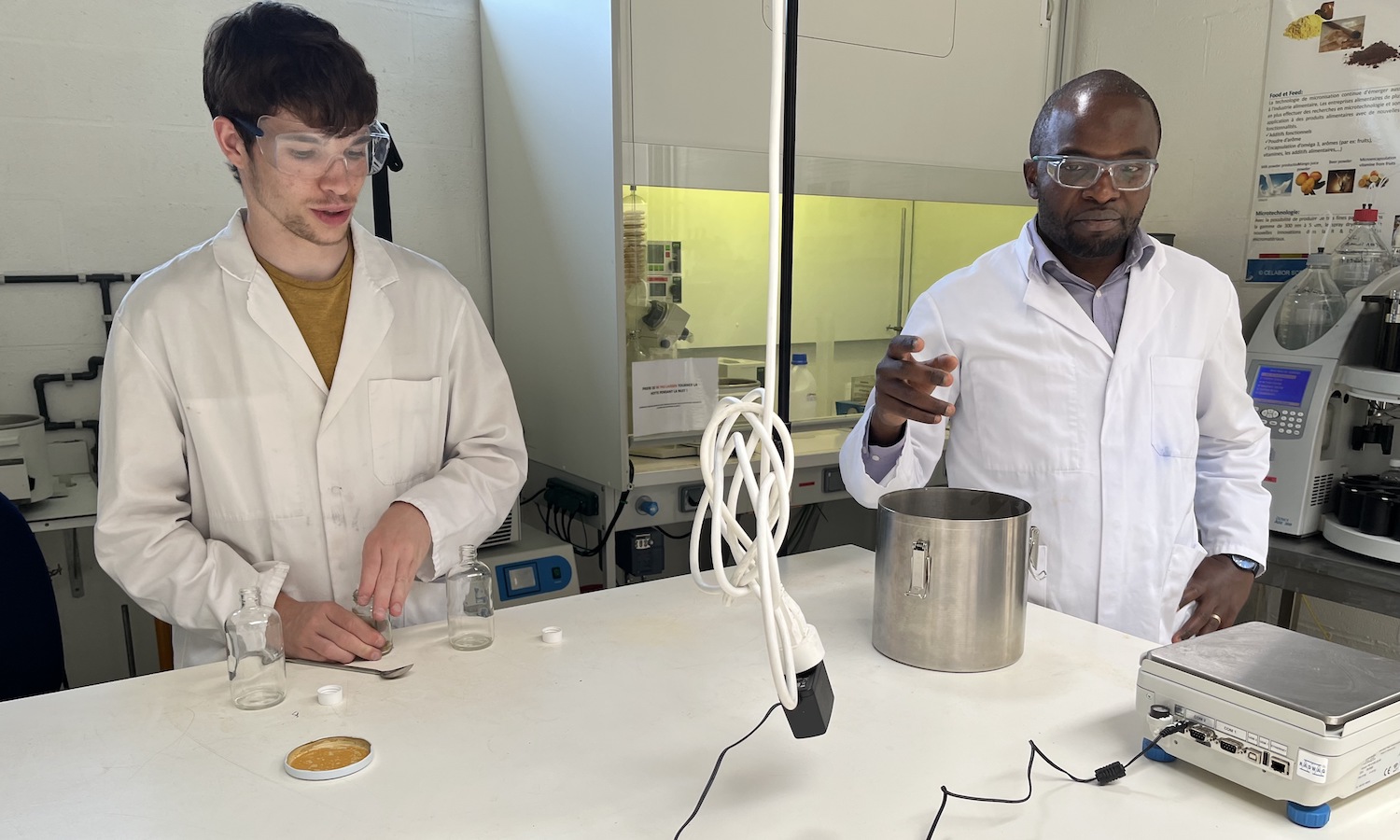It’s surprising but many snack foods leave behind many different by-products. A consortium of European Union-funded projects is pioneering new methods to transform them into skincare products and eco-friendly bioplastics.
Imagine shopping in a bustling supermarket for snacks for your upcoming party. You browse the well-lit aisles filled with neatly organized products. You pick up chips, cheese, and beer for your party, but have you considered the production residues left by these items? Behind the shelves of the supermarket lies a less-discussed aspect of food production: its by-products.
These secondary products are generated during food processing and manufacturing and are often discarded—or underutilized. Consumers often don’t think about the potato peels, cheese whey, or the brewer’s spent grain left over from their production.
These by-products might seem like waste, but innovative processes can transform them into valuable resources. Currently, most potato peels are discharged or used in animal feed and biogas production through anaerobic digestion or composting, as they are considered low in added value—meaning they lack significant attributes or advantages compared to similar products already on the market. Nevertheless, potato peels are rich in polyphenols, compounds with antioxidant properties.
“These molecules can easily find use in the pharmaceutical field in the synthesis of many products,” explains Job Tchoumtchoua, R&D project leader at the Scientific and Technical Services Centre Celabor in Belgium. Skincare, makeup, and personal care products, for example, contain one or several forms of polyphenols that act as active ingredients against aging.
The same goes for brewer’s spent grain: “Nowadays, it’s mostly used as animal feed,” explains Maarten Uyttebroek, innovation manager from Flanders’ FOOD—a cluster and innovation platform for the Flemish agri-food industry. However, demand for this by-product of the food industry may decline in the coming years as the need for livestock feed drops due to consumers moving towards flexitarian, vegetarian and vegan lifestyles. Fortunately, it has potential uses beyond just being animal feed.
“Brewer’s spent grain retains a substantial number of proteins and fibers,” explains Maarten, noting that these components used as new ingredients for food products such as pasta and bread.
The dairy sector, similarly, is poised for a change. Traditionally, cheese whey is disposed of in wastewater systems, necessitating pre-treatment to prevent environmental issues, as the presence of organic compounds can lead to algae blooms in water. However, a more sustainable approach involves harvesting proteins from the cheese whey itself. Right now, only a small fraction of these compounds are extracted, but they could be expanded to fulfill various food-related needs—such as protein bars.
After proteins are recovered from cheese whey, a sugar-rich liquid remains. This liquid can undergo fermentation, a natural process during which various valuable substances are produced with the help of microorganisms. These include fatty acids that can be used as alternatives to palm oil. Moreover, the fermentation process can yield organic acids that are needed for the production of bioplastics. This is particularly significant given that most organic acids originate from fossil fuels. This approach is known as cascading and involves extracting diverse valuable components from a single by-product through a series of processes.
These examples are just a snapshot of different research projects and institutions’ efforts to promote a shift to a circular approach in the agri-food industries. The goal is to maximize the use of these by-products so they are used more effectively.
“It is essential to embrace advanced technologies so that the agri-food industry can transition towards circular practices. The goal is to create a food sector that harmonizes economic growth with ecological and societal well-being,” explains Bartłomiej Mielniczuk, Senior Innovation Manager at Grupa Maspex, one of the biggest food producers in Central & Eastern Europe.
Such new technologies are already in development. For example, the non-profit organization Keep Food Simple is devising multi-disciplinary platforms for innovative solutions towards healthier foods and less waste. They want to improve the nutritional value of brewer’s spent grain and modify the fibers extracted from it using enzymes.
Digital tools and technologies can also be used. The EU-funded research project, Model2bio, is developing a decision-support tool that uses mathematical models to forecast agri-food residual streams and optimize strategies for their reuse. This initiative highlights the significance of reducing waste and maximizing our resources, particularly considering resource scarcity.
“A residue can be a product; it can have a value in another industry or sector. When companies generate by-products, they often lack a clear strategy for handling them, usually resorting to traditional methods like making them into animal feed. However, the tools being developed in this project aim to educate companies about alternative ways to make the most out of these by-products,” explains Tamara Fernández from Ceit, the project coordinator for Model2Bio.
The hidden potential of by-products is not just a story of waste but a narrative of transformation and opportunity. Maybe one day, when you go to the supermarket to secure cheese, beer, or chips, you might also buy pasta and skin care creams made with the materials left over from producing your dinner snacks.
Articles like the one you just read are made possible through the generosity of Food Tank members. Can we please count on you to be part of our growing movement? Become a member today by clicking here.
Photo courtesy of the European Science Communication Institute







